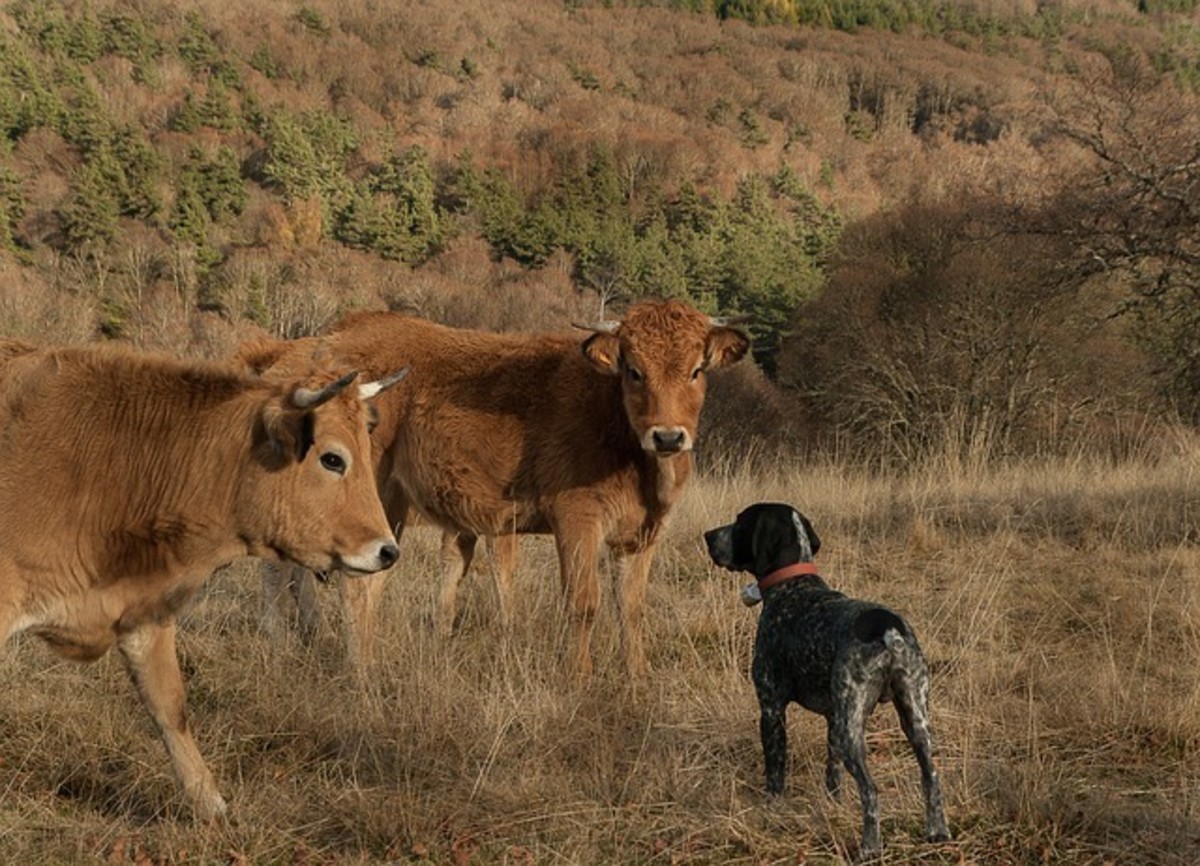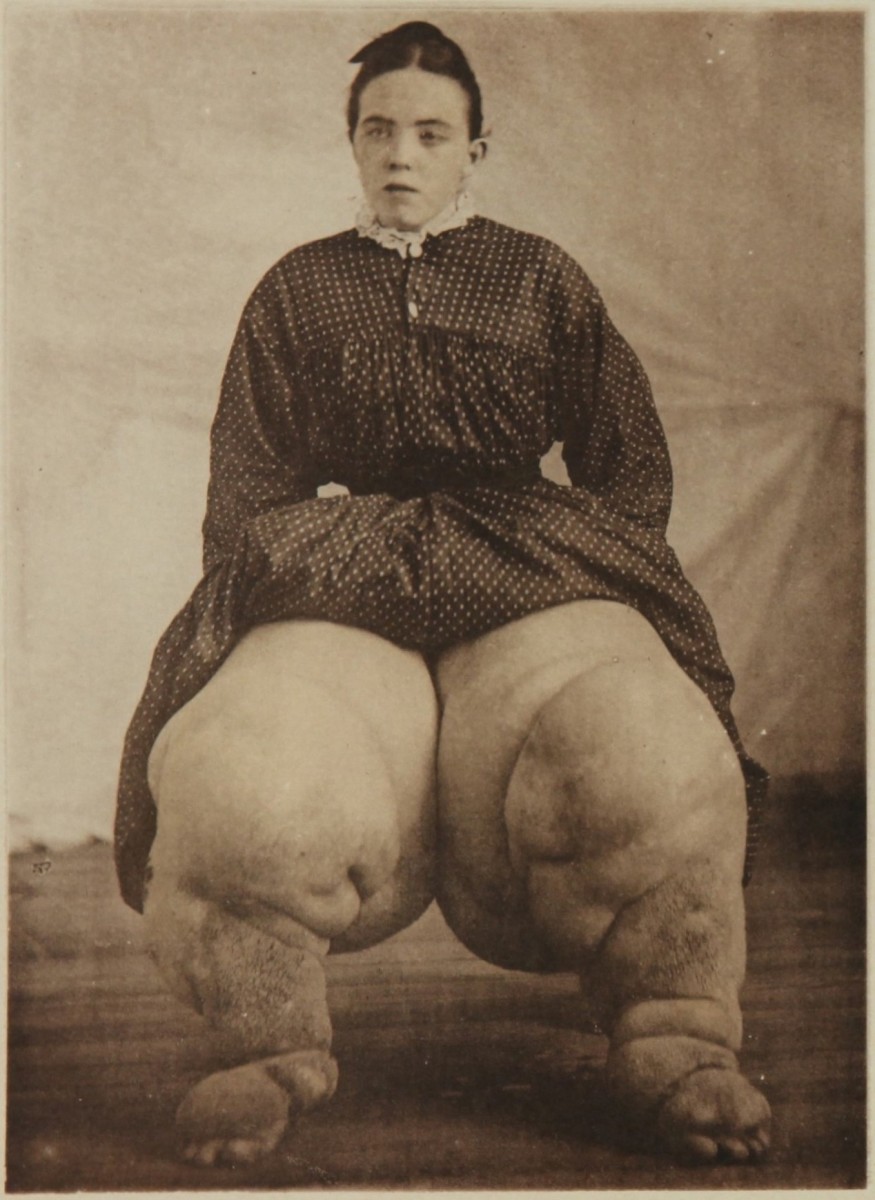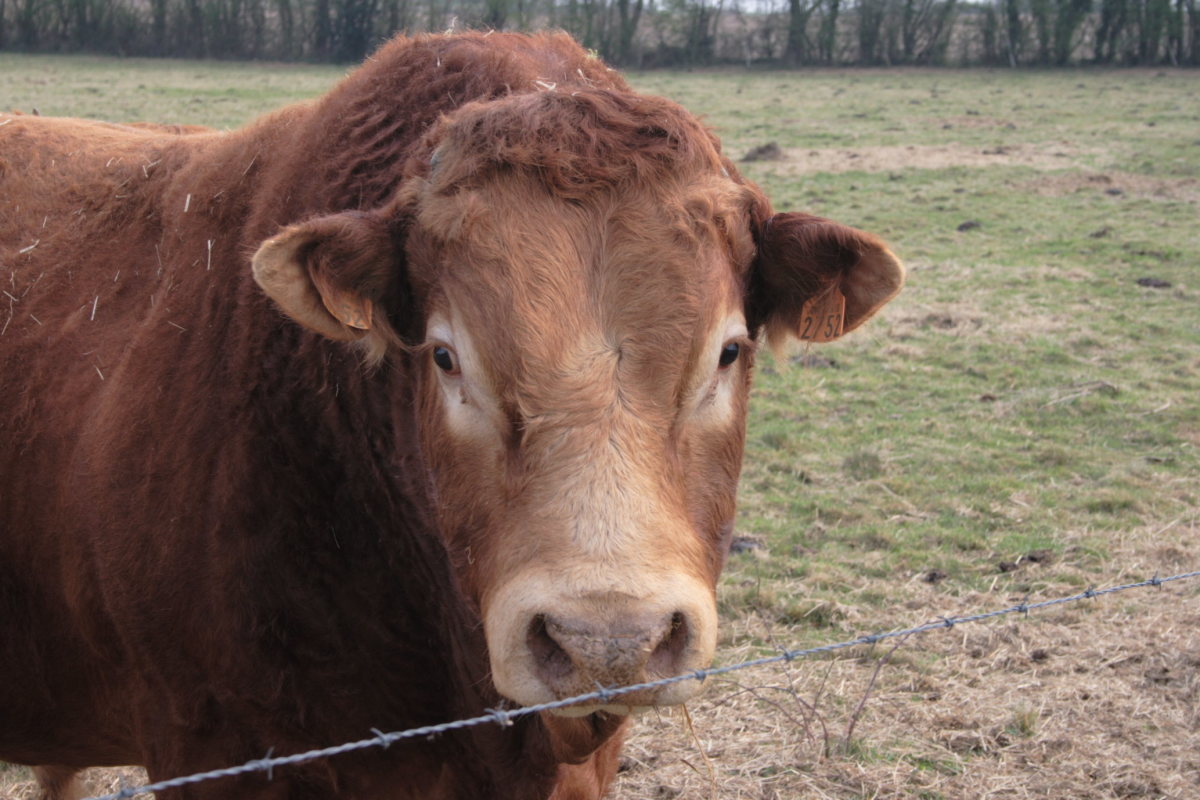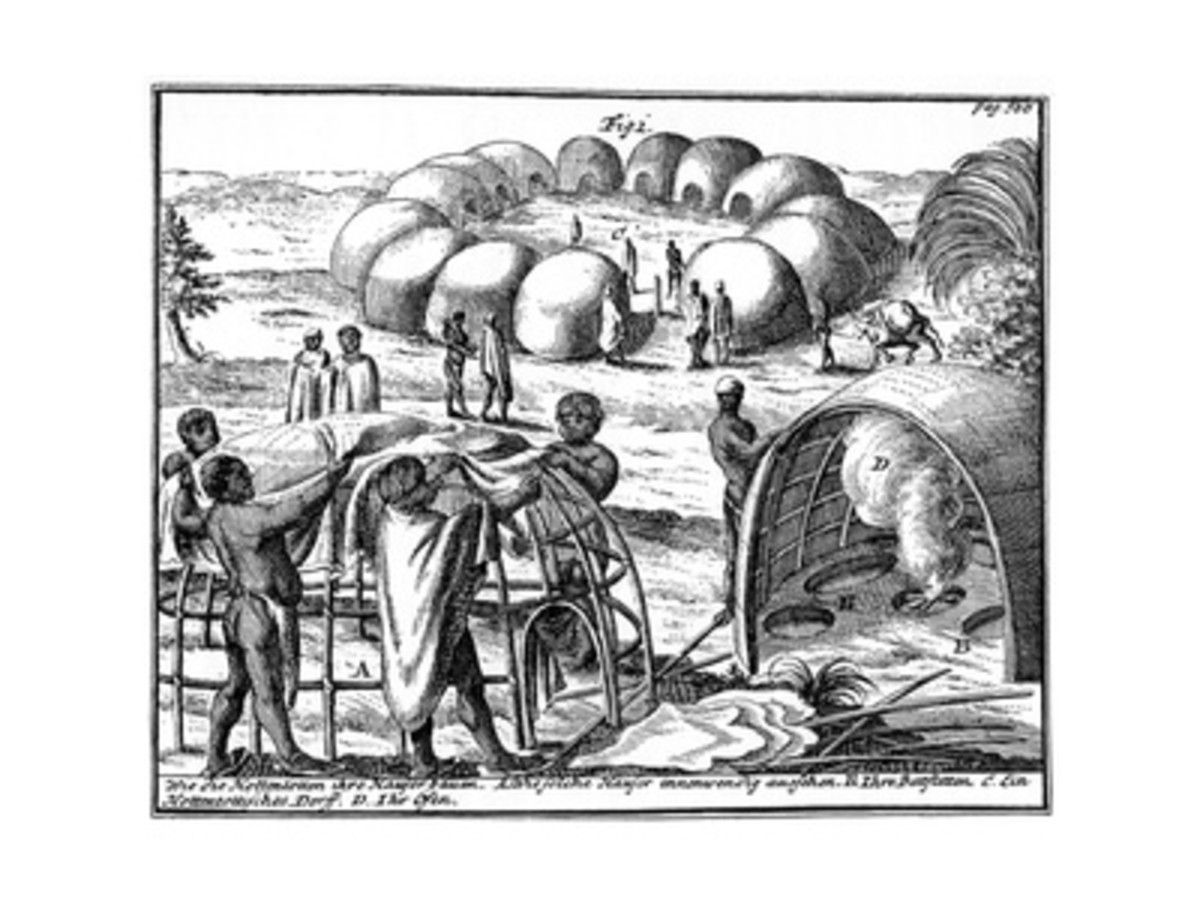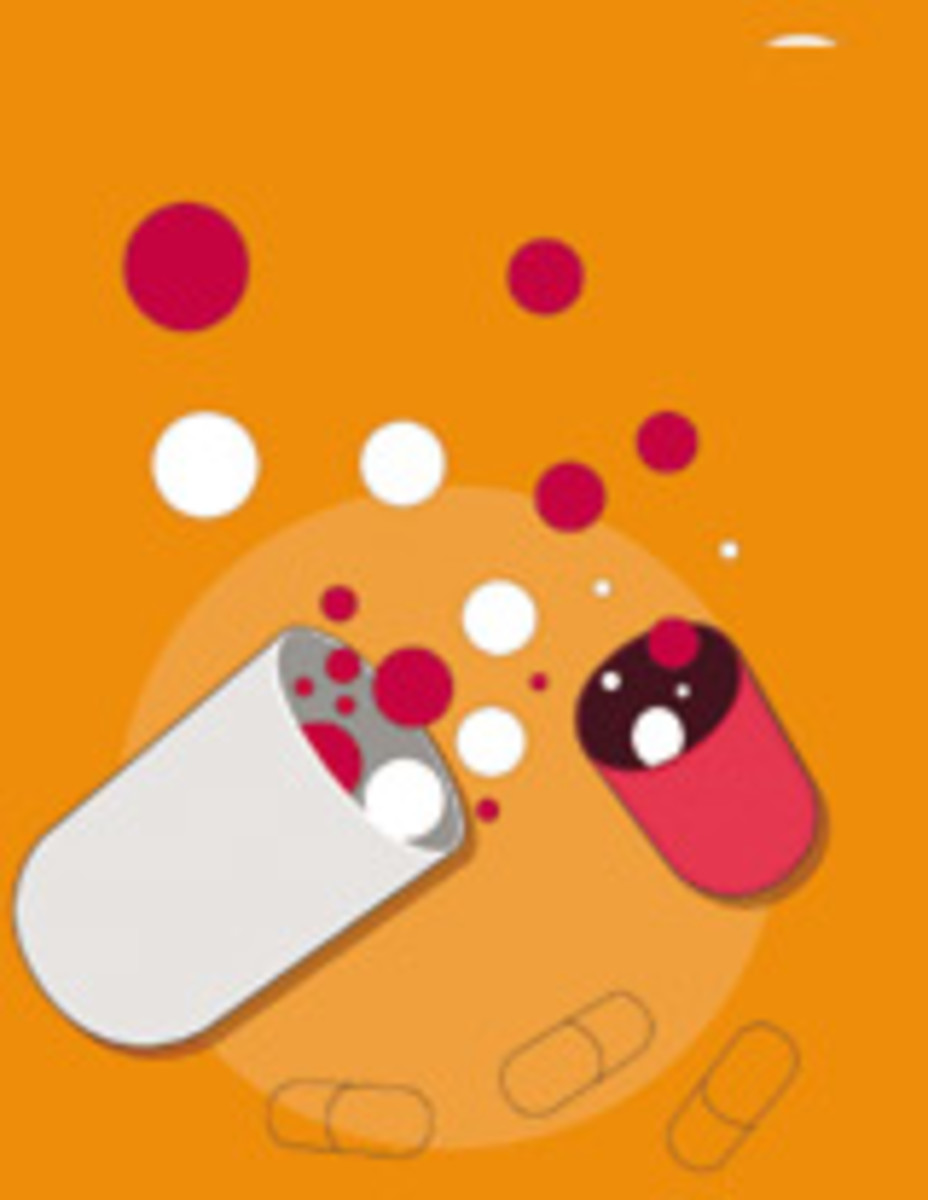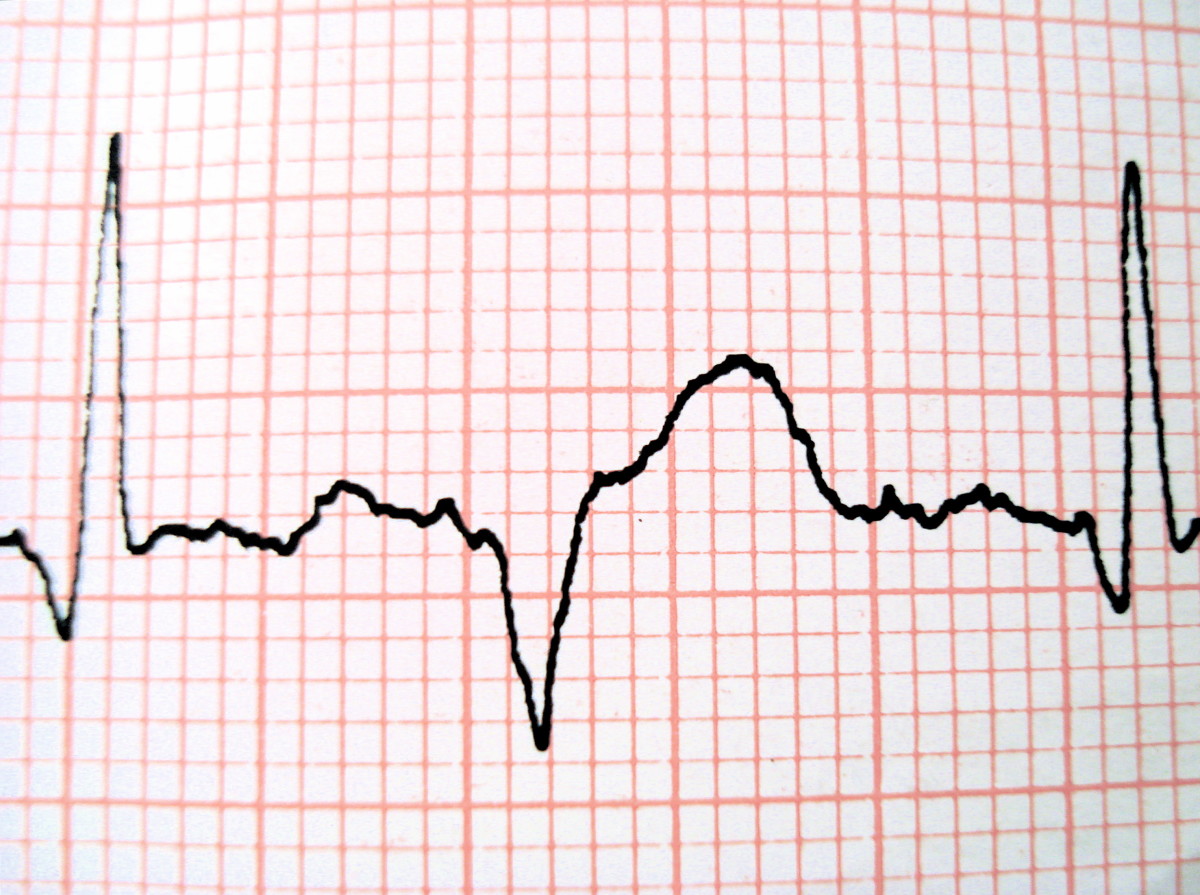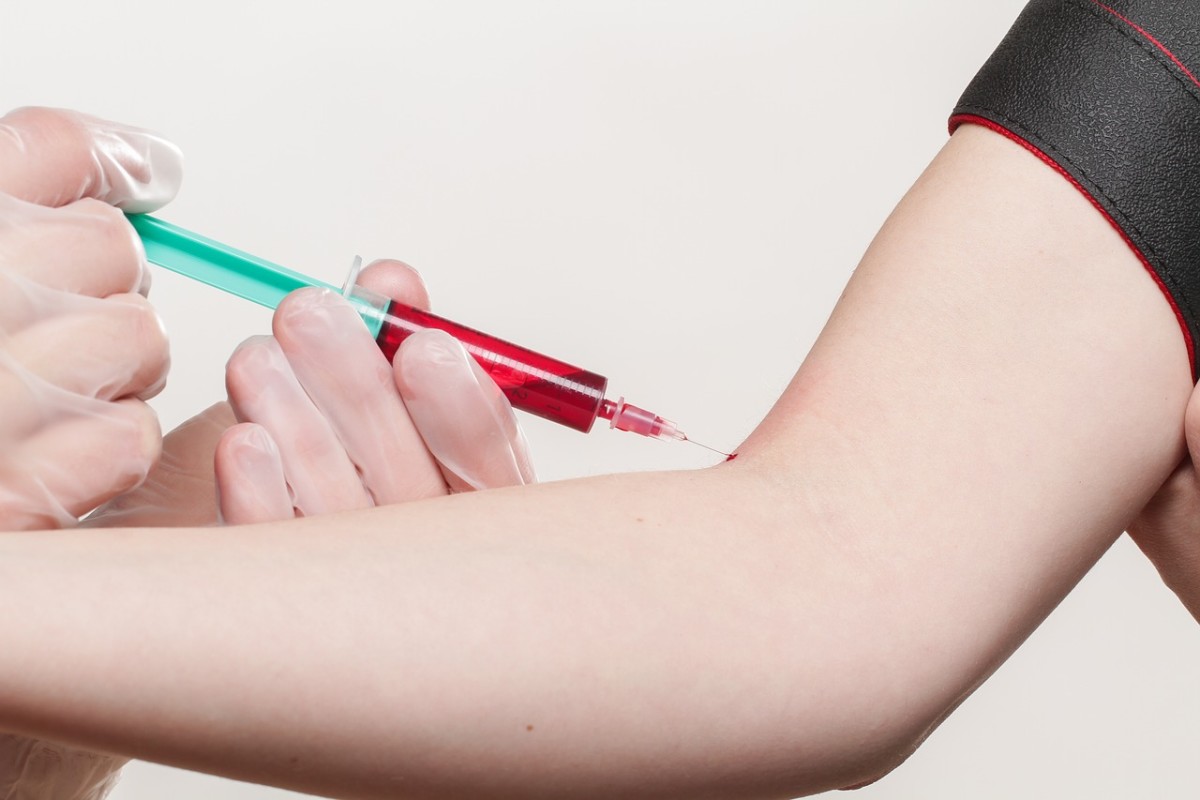A FAKE COW Saves Africa From Nagana |TseTse Fly Disease |Hello Hormones; Goodbye DDT, Plan For Misquitoes in the Wild
Cattle Graze Openly Over the Plains...As Do Tse Tse Flies and Misquitoes
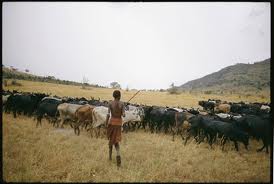
Fake Cows Arresting NAGANA - TSETSE FLY DISEASE KILLS HUMAN AND CATTLE IN THE MILLIONS; it has two phases in humans
Nagana an often fatal disease affecting people and cattle if left untreated. Nagana is transmitted by the bite of TseTse fly. The disease called trypanosomiasis or TseTse fly disease or 'the sleeping sickness' is caused by various species of protozoan trypanosoma or (blood parasite). Publications I read state that half a million people were affected by the disease every year in the 1980s before the effective treatment of the Fake Cows that helped bring the population of TseTse fly down.
TseTse Fly
Spread of TseTse Disease in People and Cattle was at Epidemic Levels Before Fake Cows Were Introduced In Africa
This name TseTse originated from the Tswana language meaning "fly which kills livestock" so biting flies that transmit this disease are responsible for an estimated 3 million deaths of cattle that occurred annually even while approximately 35 million doses of trypanocial drugs are administered to prevent the deaths from occurring. Though concerted efforts were taken to prevent the loss of livestock, it is estimated that 4 million head were lost annually during the epidemic times which in turn caused a dramatic influence in human food production both meat and dairy. There were several breeds of African cattle that developed a resistance to the infection that likely saved the cattle industry from complete demise during those crucial years. Selective breeding of this resistant breed continues to organically control the disease through the passing on genetic resistance to further strengthen the herds overall resistance in future generations.
The disease spreads through humans via an infected inoculation needles, by ingesting raw meat from infected animals, handling of blood in hospital environments and/or transfusions. Also the transmission can be from mother to unborn child through the placenta and by sexual contact of bodily fluids from a human infected with the protozoan disease.
I AM A FAKE COW: ORGANIC Methods of distributing PESTICIDES Very Effective
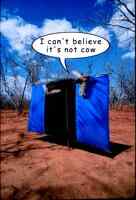
African Wild Boar Likely Culprit to Spread of Disease
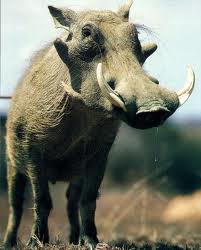
THANKS TO FAKE COWS AFRICA USES HORMONES INSTEAD OF DDT TO FIGHT TSETSE FLY DISEASE
Nagana: The Sleeping Sickness that plagued African people and livestock via the TseTse Fly has been effectively treated and almost eliminated where proactive FAKE COW management practices were and continue to be maintained. The disease is also treated very effectively in humans when caught early and late treatment has become more effective in recent years with the discovery of more effective drugs.
It was a disease virtually out of control killing both human and livestock at epidemic levels in 36 countries of Africa. Testing for the disease and inoculations to treat the disease could not keep up with the demand that was in the billions. Even when inoculation treatments were provided and large amounts of DDT were distributed the disease continued to thrive as the TseTse survived the distributions of pesticides. The protozoa was believed to survive mostly through the large wild animal population of grazing wildebeests, antelope, and wild boar roaming the African plains since no protection could be provided to these animals they became carriers of the disease.
The Fake Cows Greatly Reduce Spread of Disease
The Fake Cows were developed internationally by a group of researchers to include the University of Greenwich. These fake organic beasts continue to reduce the spraying of harmful DDT insecticides in Africa thereby eradicating the pesky flies responsible for spread of sleeping sickness in the countries where located. Since the 1980s these fake cows have organically lured the TseTse flies with a hormone called kairomone. When a pesky fly lands to feed on the fake cow....zammy...it gets a lethal dose of insecticides without the detrimental effects of broadcast spraying of cancer causing DDT. I love it. When FAKE COWS were first introduced as an organic substitute to massive spraying, the cases of nagana plummeted to near zero for over five years in a row in both humans and livestock in those respective areas. Scientists developed a more environmentally friendly alternative to fight this disease with great strides for eradication in some areas. Though, in countries where this technique is not in operation the disease continues to infect and kill. TseTse Fly disease progresses in two phases.
Charles Louis Alphonse Laveran Won Nobel Prize in Physiology or Medicine In 1907 For His Outstanding Work On the Protozoa That Causes Sleeping Sickness That Led

Phase One of TseTse Disease
Phase One: In humans, symptoms start with headache and joint pains. Lymph nodes enlarge sometimes to huge sizes especially in the back of the neck. If untreated, the immune system is quickly overcome, the body becomes anemic and symptoms spread to include organs: kidneys, liver, heart, lungs and the blood-brain barrier. Phase one was treated with Pentamidine (Lomidine) by intramuscular injection or Suramin through intravenous treatments since both do not cross the blood-brain barrier.
Phase Two of TseTse Disease
Phase Two: Humans without treatment, the disease progresses into the neurological second phase breaking the blood-brain barrier where confusion and lack of coordination develop. The sleep cycle is disturbed, hence the name sleeping sickness, creating extreme shifts from bouts of fatigue to manic periods progressing into daytime sleeping and nighttime insomnia. As the progression takes hold it is invariably fatal. Mental deterioration leading to coma: death is imminent without treatment. Even though a person can be saved from this disease, it is highly likely brain damage caused in the second phase is irreversible as a result of the aggressive treatments.
Many treatments with organic arsenical like Arsolbal, Melarsprol and Mel B in the second phase are aggressive with much danger of leading to a fatal encephalopathy (brain damage). The drugs are taken up slowly by both the host and parasite through a combination of serum albumin and low density lipo-proteins then processed through the renal tubes. It is a risky treatment, especially for renal patients. This was the only course of treatment until a new drug was discovered to replace the others.
Difluoromethyl ornithine (DFMO) or Eflornithine is a drug that is effective in the treatment of both early onset and late stage of the TseTse disease. Full treatment takes two weeks from first infusion followed by oral administration of fruit juice. It has been nicknamed the 'resurrection drug' as it has a fast affect on humans who respond very well by quickly resuming normal activities.
Wild African Animals Grazing the Plains
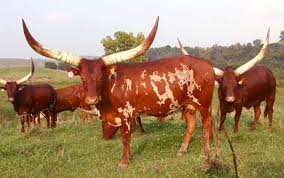
NEW GOAL Is Total TseTse Fly ERADICATION: New Project used is Sterile Insect Technique (SIT) Now Underway to Eradicate the TseTse FlyPopulation Once and For Al
Though the FAKE COW project was extremely successful in reducing the population of TseTse flies in the countries where implementation and testing continues since introduced, it does not eradicate the TseTse fly. Without total eradication the disease continues to thrive and rebuild in others areas of Africa. The contemporary scientific community responds with another project called (SIT) Sterile Insect Techinique.
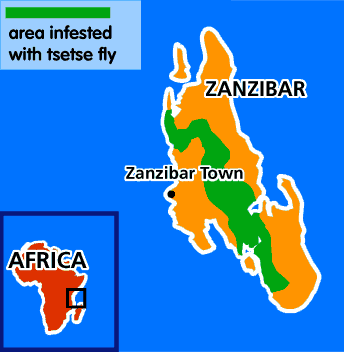
New Nuclear Project (SIT): Successfully Tested on Zanzibar Island to Eradicate TseTse Fly
The isolated island of Zanzibar was chosen to test the (SIT) method of eradication since it was a fully controllable location and had only one specific species of TseTse, glossina austeni previously determined as the vector for the disease. This environmentally safe project offers a final campaign that employs a nuclear visectomy of sorts to sterilize the male TseTse fly as a nuclear form of insect birth control technology. The female TseTse fly mates only once. When mated with a sterilized male, a female will not produce offspring thus ending the life cycle completely. Male TseTse flies are raised in captivity, sterilized and released by the millions to mate with unsuspecting females. The result: nada conception. This mass fly production and release cycle continued for four years on Zanzibar with the end result of the complete eradication of the TseTse fly on the island and resulted in zero positive tests of the disease in livestock in 1997. The new goal for the project spans others areas of the continent of Africa where the TseTse Fly continues to threathen lives of both human and livestock.
Every effort made to resolve this problem is confronted with obstacles as well. There is also an adversarial component protesting the eradication of the TseTse fly that states the insect is a form of natural animal control. Further stating that if the TseTse fly is eradicated that wild life will be affected and increased grazing of wild animals will be a greater problem for the farmers.
Hoof and Mouth Infection in Cattle Can Affect all Lines of Livestock
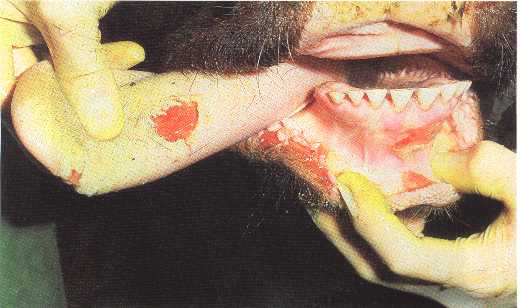
2011 Update
As I write this article, I find yet another livestock disease affecting the health of the African Livestock industry: Hoof and mouth disease. It the opinion of this writer that the environmental challenges coupled with the rappant poverty of many areas of the continent cannot combat all the extreme adversity on a daily basis without the continued scientific intervention to resolve the widespread diseases for both human and livestock. I fear the efforts and strides forward will be for naught without these efforts in humanitarian relief. it seems science takes one step forward and two steps back in the race for saving the livestock on the continent of Africa from disease.
Can Fake Cows Save Me From Terrorizing Misquitoes? Probably not, but Mosquito Magnet Traps Will.
There may be hope for me yet...using this same organic technique.
Always, I have been tormented by mosquito bites. Some chemical exudes from my body that announces the proverbial dinner bell to every mosquito population from miles around every time I step out the door. It is certainly no fun to attend garden parties, sports events, picnics, and other outside events in the evening hours because of all the scratching going on. My skin reacts in a highly sensitive way to the bites of any bloodsucking insect thereby causing welts and itching for weeks on end. Surely, there are others who suffer this same fate. You know who you are as you have likely doused yourself with DEET from time to time and/or used other concoctions promised to deliver a bite free evening. To no avail; some working, some lasting only a short time. Surely many feel the same way about putting a poisonous and toxic chemical onto the skin on a daily basis like DEET (EPA rates slightly toxic to humans). There is just something very wrong about that while striving daily to live a healthy lifestyle trying to avoid heavy pesticides and eating more organically grown foods as well. Imagine living in a country where the (DDT) was sprayed by the hundreds of tons per year to control the TseTse fly population and, what makes it worse, it was mostly to protect the livestock industry, not the human population exposed to it this massive spraying practice. It has since been banned; though, it is proven that large amounts of (DDT) exposure can cause cancer.
Some of My Other Hubs You May Enjoy
- Save the Dolphins: Wild Mustangs of the Seas
A couple years ago I traveled to the lovely Hawaiian island of Oahu. During my vacation I was determined to strike a dream off my bucket list. I wanted to swim with dolphins. The expedition left at 7am, we... - 7 Easy Tips for Cats and Dogs Living Together
These levels will be based on their own life experiences with other pets and environments. If they are older pets, they will likely have more protective instincts from previous experiences that caused harm or... - What Your Dog Cannot Eat, Toxic Human Foods That Harm Your Dog
Hi I am Emily...Feed Me, Please XYLITOL Natural Sweetener, Great for Humans, Bad for Pets I didn't know what Xylitol was a few short weeks ago; though, I have been eating it for quite some time; likely so have...
Hubs Out of Africa
- World greatest wildlife spectacle - Wildebeest Migration
It is one of the spectacle scene witnesses during Wildebeest migration from Serengeti Park in Tanzania to Maasai Mara Game Reserve in Kenya. Those that are coming to tour Kenya and Tanzania should come at a... - World's Greatest Hunters - Best Animal Hunter African Wild Dogs
If there was the title, Best Animal in Hunting Its Prey, which animal do you think would win this title? Obviously, man would come up as the winner and in this article we have to omit man for obvious... - Maternal Health Problems in Africa
Maternal health is a huge problem in Africa, with 50 per cent of maternal deaths happening on the continent. African woman are a staggering 100 times more likely to die during childbirth than elsewhere, with... - Dangerous Animals in Africa
We all know that there are dangerous animals in Africa, for instance there is the fearsome predator, the tiger, colourful, but deadly. There is the alligator that will drag you down into a river and drown... - The Nile in Africa is the world's longest river
RIVER is defined as a voluminous stream of fresh water flowing either permanently or seasonally in a natural channel into another body of water, e.g. a sea or a lake. Countless bodies of fresh water all over...

